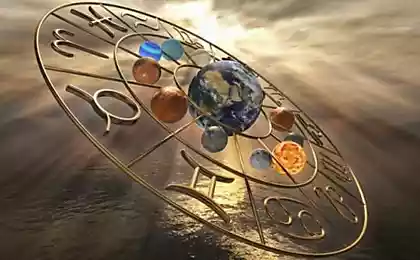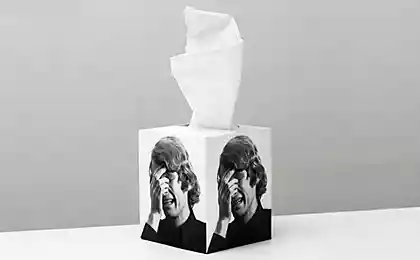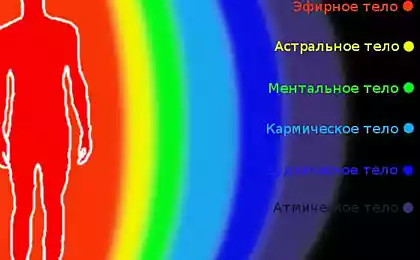781
Map of the body, what its parts a person feels happy and shame
The body of any person reacts to the same emotions, and now we can see kakGrud pride rises and happiness we feel the whole body, from head to toe. These feelings are real and, moreover, the same for all. There is an atlas of the body, where they can be seen.

Researchers have long known that the emotions associated with physiological changes: before the interview excitement palms sweat, and if you hear a strange noise at night, you probably Participation pulse. New research shows that emotional states are always associated with certain physical sensations that are independent of human culture or language.
In experiments aimed at clarifying the connection of bodily sensations to specific emotions, was attended by over 700 participants from Finland, Sweden and Taiwan. Participants considered the word, video, facial expressions and stories associated with certain emotions. Then they informed about the changes in your body, which are then felt. For each emotion researchers created using the computer for two silhouettes - one marked zone with intense bodily sensations, on the other - an area where the sensitivity is reduced. So scientists were able to identify the body responses to different emotions, both positive and negative.
The researchers found a statistically discrete areas for such emotions as happiness, contempt and love are the same for all respondents, regardless of nationality. The researchers tried to reduce the value of metaphors that are common to many languages (for example, the phrase "heart sank 'means grief or heartache). The study is published in the Journal of National Academy of Sciences.

Although each emotion corresponds to a certain bodily sensations, the researchers were able to find areas of convergence. Basic emotions such as anger and fear increased sensitivity at the top of the chest, which probably corresponds to an increase in pulse and respiration. When happiness is becoming more sensitive body.
The findings make it clear how we process emotions. Despite the differences in culture and language, the physical manifestation of feelings all the same. The researchers believe that further development of card bodily sensations may one day help in the diagnosis and treatment of emotional disorders.
via factroom.ru

Researchers have long known that the emotions associated with physiological changes: before the interview excitement palms sweat, and if you hear a strange noise at night, you probably Participation pulse. New research shows that emotional states are always associated with certain physical sensations that are independent of human culture or language.
In experiments aimed at clarifying the connection of bodily sensations to specific emotions, was attended by over 700 participants from Finland, Sweden and Taiwan. Participants considered the word, video, facial expressions and stories associated with certain emotions. Then they informed about the changes in your body, which are then felt. For each emotion researchers created using the computer for two silhouettes - one marked zone with intense bodily sensations, on the other - an area where the sensitivity is reduced. So scientists were able to identify the body responses to different emotions, both positive and negative.
The researchers found a statistically discrete areas for such emotions as happiness, contempt and love are the same for all respondents, regardless of nationality. The researchers tried to reduce the value of metaphors that are common to many languages (for example, the phrase "heart sank 'means grief or heartache). The study is published in the Journal of National Academy of Sciences.

Although each emotion corresponds to a certain bodily sensations, the researchers were able to find areas of convergence. Basic emotions such as anger and fear increased sensitivity at the top of the chest, which probably corresponds to an increase in pulse and respiration. When happiness is becoming more sensitive body.
The findings make it clear how we process emotions. Despite the differences in culture and language, the physical manifestation of feelings all the same. The researchers believe that further development of card bodily sensations may one day help in the diagnosis and treatment of emotional disorders.
via factroom.ru
























